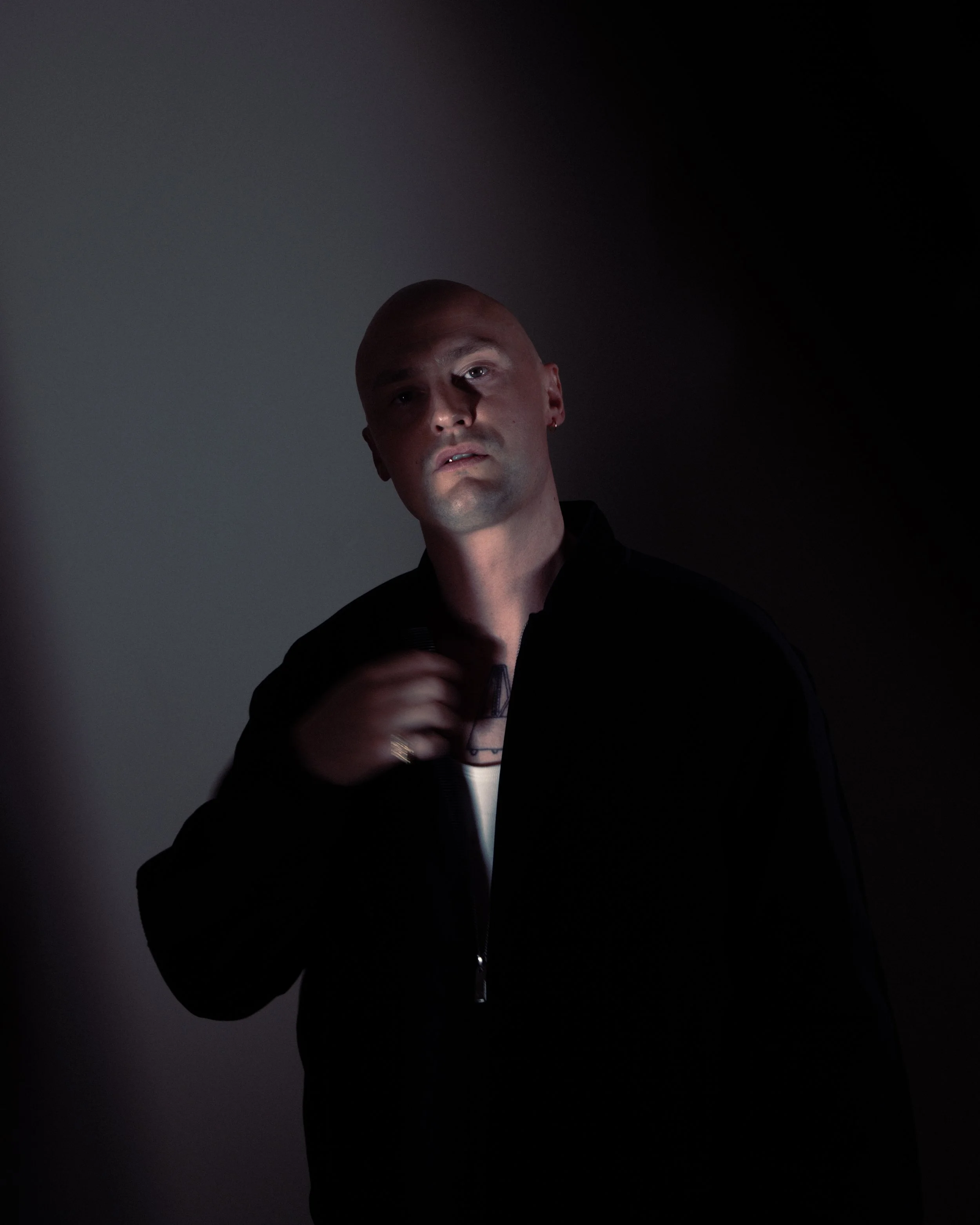Photo: Stuart Howard
British producer Lapalux (aka Stuart Howard) rose to prominence in 2013 with the release of his first album, Nostalchic. He has since cemented his significance in experimental electronic music, releasing four albums and numerous EPs on Brainfeeder within the last decade. Howard’s works are markers of his growth as an artist; emotive resolutions with chaos and harmony, life and death, and loss and love.
Nostalchic was Lapalux’s mission statement. A diffusion of tape loops and textures, the record saw Howard splicing R&B and soul into hip hop, layering amorous vocal melodies with quivering glitches and contorting pulses.
Lustmore, Lapalux’s second record, followed in 2015. Loosely based on the state of consciousness between wakefulness and sleep, it’s an otherworldly and retro-futuristic palette of sounds heavily influenced by film soundtracks. “I really focused on making this album an imaginary visual experience,” says Howard. “You can almost see these hallucinatory movies play in your head when you listen.” Because of this, Lustmore is imbued with an emotional narrative that never loosens its grip on the ear.
Lapalux’s third album, Ruinism, journeyed onward to the more ominous limbo space between life and death. The album is sonic wreckage and brutalism created using only hardware and real instruments, cut with slivers of beauty which inevitably beam through in the warmth of female-driven vocals. The sound simultaneously destroys and redeems itself across a tight and formidable forty-eight minutes. “‘Ruinism’ is a term I made up to describe the way in which blended sound palettes and inspirations interact with one another to form this album,” Howard explains. “I would record, re-sample, re-pitch, twist and blend the sound until it was ‘ruined’ and then salvage it again in an attempt to make something coherent.” It’s an album that seeks solace and hope in the pattern of disintegration and recovery.
Amnioverse, Lapalux’s outstanding fourth record, revolves around notions of fluidity; that life, death and rebirth play into a never-ending continuum. He channels these ideas through a modular synth set-up, weaving human emotion and temporal field recordings into the record, all of which lend a tangible, ethereal feel to its technical composition. While 2017’s Ruinism was about sonic wreckage and deconstruction, Amnioverse is built around slivers of spoken word from “friends, lovers, and ex partners.”
The album’s initial inspiration came from a photograph of James Turrell’s Twilight Epiphany Skyspace installation in Texas. “People are sitting in what looks like a waiting room lit in a purple hue, looking up at the dark night sky through a rectangular hole in the ceiling. The image has so much depth and means so much to me...that’s what I tried to encapsulate in this record.” Turrell's influence extends to the album cover too, itself an homage to the artist’s work with light and perspective. Conceived by Creative Director Dan Medhurst and Owen Gildersleeve—an expert in illustration and set design—the build stemmed from a vision that Howard imagined. It was one of “a person, or group of people, in an impossibly large room set in a fog of pink, looking into a void symbolic of a womb or amniotic sac. We ran with the idea of making a structure that had a deeper perspective, the ever decreasing octagon shape that suggests a sort of birth canal into the unknown,” Howard reflects. “It feels like we are all in that waiting room, waiting to be somewhere or go somewhere.”
Lapalux’s immersive soundscapes are born of an almost synesthetic approach to music-making. It’s one that has informed his mesmeric work with film and performance art scores such as 2015's ABSENT, and 2016’s Depart, a live melancholic piece which was performed in an East London cemetery. His artistry has expanded into the world of video games, with tracks like 2014’s “Make Money” for Grand Theft Auto V and in game music for EA Games F1 2024.
Total Reality, Total Chaos (2021), the first release on Lapalux’s self-run LPLX label, was constructed from cassette tape loops—an intimate, lo-fi exploration of disintegration, memory, and salvage. His latest EP, On the Grid (2025), the second release on LPLX, refines that sensibility into a taut, textural statement—hardware improvisation, raw emotion, and abrasive beauty in close focus.
Not one to buckle under the limitations of mode, platform or genre, Lapalux continues to push boundaries through a system of constant reinvention, and a belief in pure authentic expression.
